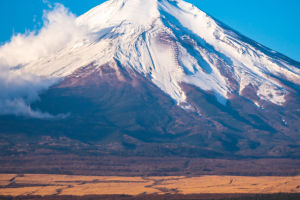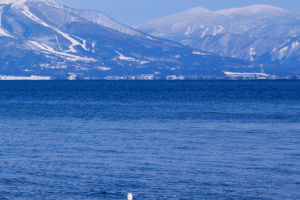The coastline is believed to be a natural landscape that everyone is familiar with. It is the gift of the beautiful and magnificent nature, and it is also the place of people's feelings. Looking at the twists and turns of the coast, the surging sea water is constantly impacting the reefs by the sea, and the waves under the sun shine with golden rays of light. But in fact, the coastline is not as simple as we think. Do you know why coastlines are called coastlines? Is it really the zigzag line on the seashore? What good is a coastline? What can it bring to us human beings? Let's take a look at it together.
The coastline is the dividing line between the sea and the land, and more precisely defined as the line connecting the extreme position of the seawater to the land. It changes with the ebb and flow of the tide. Due to the influence of tides and storm surges, the sea water rises and falls, and the sea level rises and falls. The boundary between the ocean and the land is constantly changing. Therefore, the actual coastline should be a collection of countless sea-land dividing lines between high and low tides, which is a band in space, rather than a geographically fixed line.
So what are the factors that affect coastline changes? The first is crustal movement. The rise and fall of the earth's crust causes the oceans to expand, so that the coastlines also change dramatically. The second is the climate, which is a more important factor, especially now that the global climate is warming, the sea water is rising, the polar glaciers are melting, and the coastline will be pushed further towards the land. The last reason is the sediment in the rivers entering the sea. When there is a lot of sediment on the coast, the coastline will quickly advance to the land, and the sediment is actually a relatively unstable substance, so the coastline is also changing.
What are the effects of changes in the coastline on humans? This is probably the most curious question. The impact of coastline changes on humans is gradual and at the same time huge. The proper advancement of the coastline is conducive to the formation of some excellent harbors, especially the development of the maritime industry, which is very important for countries that rely on overseas trade to develop. At the same time, the ocean erodes towards the land, which increases the humidity of the land and increases precipitation.
But over-advancement of the coastline can also spell disaster for humans. On the one hand, changes in the coastline will change the living structure of the biological world (including humans), forcing human migration. On the other hand, the change of coastline will inevitably cause direct human casualties and property losses.


